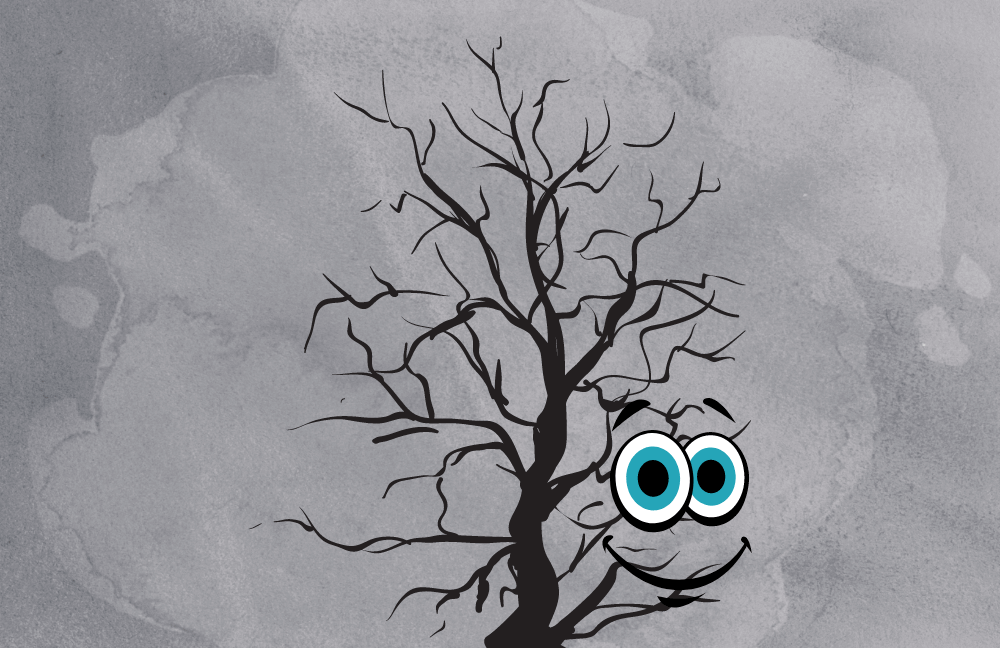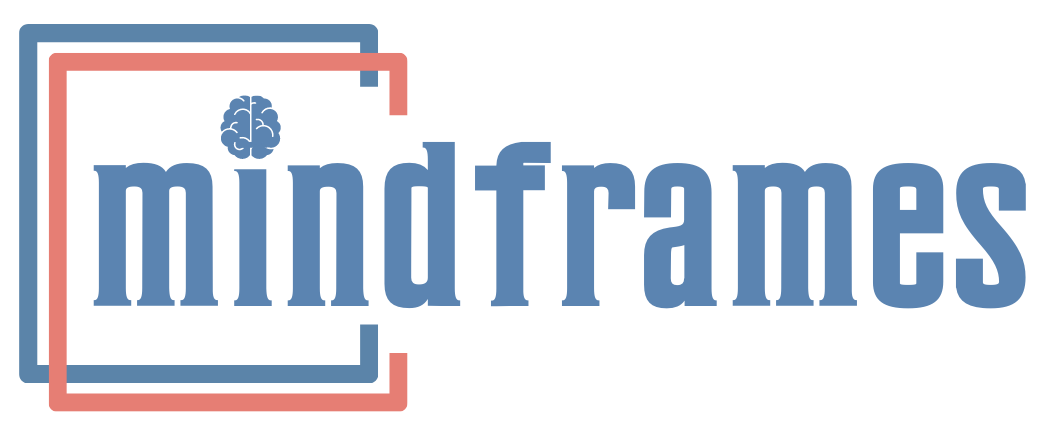Mood Disorders
What Are Mood Disorders?
Mood Disorder is a general term to describe an abnormal mood state, which is reasonably disproportionate to your life situation and does not let you function optimally. Feeling sad when you lose a loved one, is expected, rational and also common; even though it does not feel good. Likewise feeling ecstatic when you win a race or score a goal or are getting married to the love of your life, is not abnormal or bewildering. Mood disorders are extreme dysfunctional moods and primarily involve depression characterized by sadness, emptiness and distress; or mania which on the other hand is portrayed by happiness, excitement and sometimes irritability too.
Bipolar disorder is a type of mood disorder in which mania and depression alternate with each other in varied intensities and durations. Hence one may develop Bipolar I, Bipolar II, Bipolar III, cyclothymia or a cyclothymic personality. The rapidity of the switches in mood are also described as cyclicity hence one may be rapid cycling, ultra-rapid cycling or sometimes ultradian cycling. Many a time mood states are mixed in which the mania and depression are so simultaneous, that switches happen in minutes. These are relatively more severe forms of bipolar disorder. Depression occurring in bipolar disorder is called bipolar or atypical depression.
Who is at Risk for Mood Disorders?
Anybody can get happy or sad in response to environmental stimuli and what goes on in and around the world. But people who actually go on to develop a mood disorder usually have a genetic, biological, psychological or environmental vulnerability. Genetic correlation comes from the observation that people who develop mood disorders tend to have a parent or relative with depression or bipolar disorder. But irrespective of that, the events in our environment, multiple stressors, setbacks or life experiences, all predispose us to feeling sad or depressed, if we are even slightly internally wired to feel that way.
Some of us are blessed with a positive psychological makeup and strong coping mechanisms, that help us see the brighter side of life even in the darkness. But those without this acumen have a psychological vulnerability that can make them depressed in a fittingly stressful situation. And then, so many different brain chemicals add to the biological liability. When one or more of these factors co-exist, one becomes defenseless to mood changes. Women in general are twice as likely than men, to earn the diagnosis of a mood disorder. In today’s fast paced life however, irrespective of the genetic makeup, everyone is susceptible.
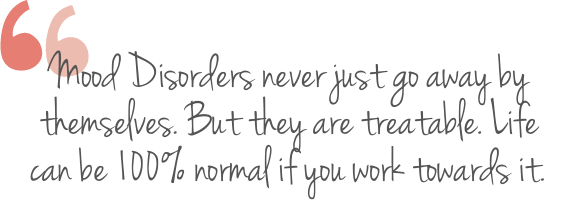
Mood Disorder: Fact 1
Anyone can develop a mood disorder. There is no clear-cut cause but a series of different factors contribute and make us vulnerable to unwanted and troubling mood swings.
Mood Disorders: Fact 2
Women are more likely than men to develop a mood disorder; as well as seek treatment for it. It’s also possible that men tend to not disclose it often, so it’s hard to really say.
Mood Disorders: Fact 3
Mood disorders are not attention seeking behaviors. The sufferer endures turmoil and while he or she may seek the assistance of others, the purpose is not to get attention.
Mood Disorders: Fact 4
The most common types of mood disorders are major depression, dysthymia (dysthymic disorder) and bipolar disorder. But there are types as well as intensities of bipolar.
Mood Disorders: Fact 5
If a mood disorder is not treated, it could last for weeks, months, or years, and undeniably impact the quality of everyday life. Mood disorders don’t just go away. They linger on.
Mood Disorders: Fact 6
Mood disorders cannot be prevented if one has a predisposition, but psychological resilience makes you cope better, appraise events meaningfully, and live a normal life.
What Are the Symptoms and Signs of Mood Disorders?
Emotional Signs
- Inconsistent sadness or happiness
- Moodiness and swinging moods
- Extremes of unexplained moods
- Feeling like not wanting to exist
- Not being in control of emotions
Physical Signs
- Changed speed or tempo of speech
- Agitation or retardation (slowness)
- Very little, or way too much sleep
- Change in the quality of sleep
- Appetite and weight changes
Cognitive Signs
- Trouble concentrating on tasks
- Confusion and memory lapses
- The mind going blank or empty
- Irrational and illogical thinking
- Obsessing repeatedly on suicide
Behavioral Signs
- Indecision, excessive contemplation
- Social withdrawal, getting isolated
- Neglecting everyday obligations
- Irritability, frustration, outbursts
- Self-harm as well as suicide attempts
Mood Disorder Managament
Mood disorders are best treated with a holistic combination approach. The first and most important step is making the right diagnosis. It is important to rule out any other physical or psychological factor that simulates mood disorder, but may have a different line of management. For example, a high thyroid hormone state, neurological conditions, or other medical illnesses leading to moodiness. If correctly diagnosed and treated, people with mood disorders can live healthy, steady, productive, and fulfilling lives.
Psychotherapy focuses on changing negative views of yourself, others, and the world at large. Cognitive techniques like CBT (Cognitive Behavioral Therapy), REBT (Rational Emotive Behavior Therapy), ACT (Acceptance and Commitment Therapy) and Humanistic techniques like EFT (Emotion focused Therapy) and mindfulness, to name a few. All of these work on dysfunctional thoughts, emotions and behaviors that contribute to negative or irritable mood states.
As social beings, we are strongly influenced by our environment and this can change us internally, for better or worse. By identifying negative thoughts and replacing them with positive ones, we see the environment and world as less threatening, more supportive and this makes our existence happier, content, and meaningful. It builds interpersonal relationships, helps identify contributing stressors, and also improves our coping to these to make them easier to handle. The net result is an optimistic view to life, a calmer mood state, and more rational behavior choices.
How MINDFRAMES helps Mood Disorders
Mood swings are nerve wracking and those who endure them can have explosive emotional reactions. Whether it’s purely the depression spectrum, or a bipolar disorder with mania and depression both, mood disorder management demands empathic listening, unconditional acceptance, and respect for how you feel.
With those cornerstones in place, we first have a detailed discussion with you (as well as your family or loved ones if you permit) and then chalk out a treatment plan that embraces your goals, preferences and pace of self-work. As a psychiatrist and psychotherapist practicing distinctive therapies, Dr Shefali guides you through cognitive, mindfulness and neurobehavioral milestones to help you think, feel and behave more meaningfully.
Changing long standing thought processes, emotional reactivity and behavior patterns is not easy. With ongoing psychotherapy, empathic communication, hand holding support, cognitive challenge techniques, mindfulness training and continuous daily guidance and self-monitoring, the speed of self-change increases manifold. And you get empowered to deal with life’s challenges better, and continue to maintain a steady mood state.
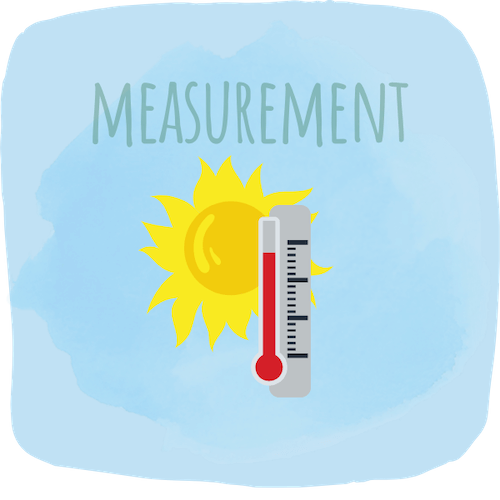
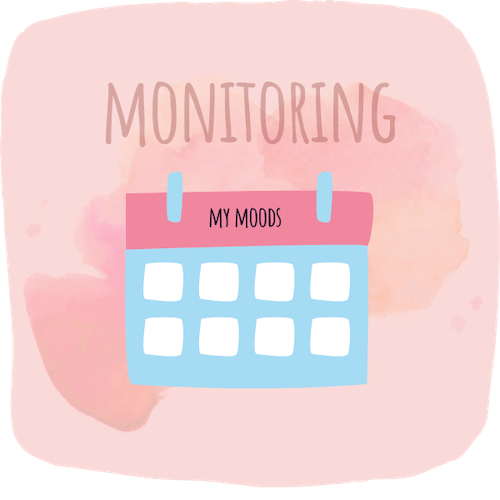


References
- American Psychiatric Association. (2013). Diagnostic and statistical manual of mental disorders (5th ed.). Arlington, VA: Author.
- British Psychological Society, (2011). National Collaborating Centre for Mental Health (UK), Common Mental Health Disorders: Identification and Pathways to Care. (NICE Clinical Guidelines, No. 123.)
- World Health Organization. (1992). The ICD-10 classification of mental and behavioural disorders: Clinical descriptions and diagnostic guidelines. Geneva: World Health Organization.
Latest Posts
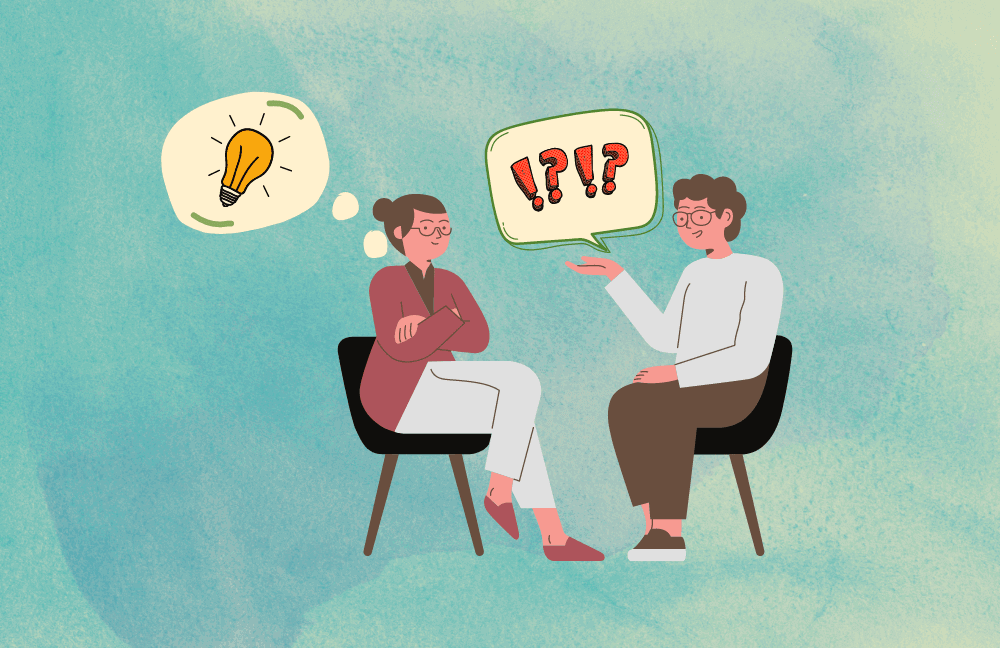
7 Reasons Why You Should Seek Therapy

7 Questions About Workplace Stress Answered
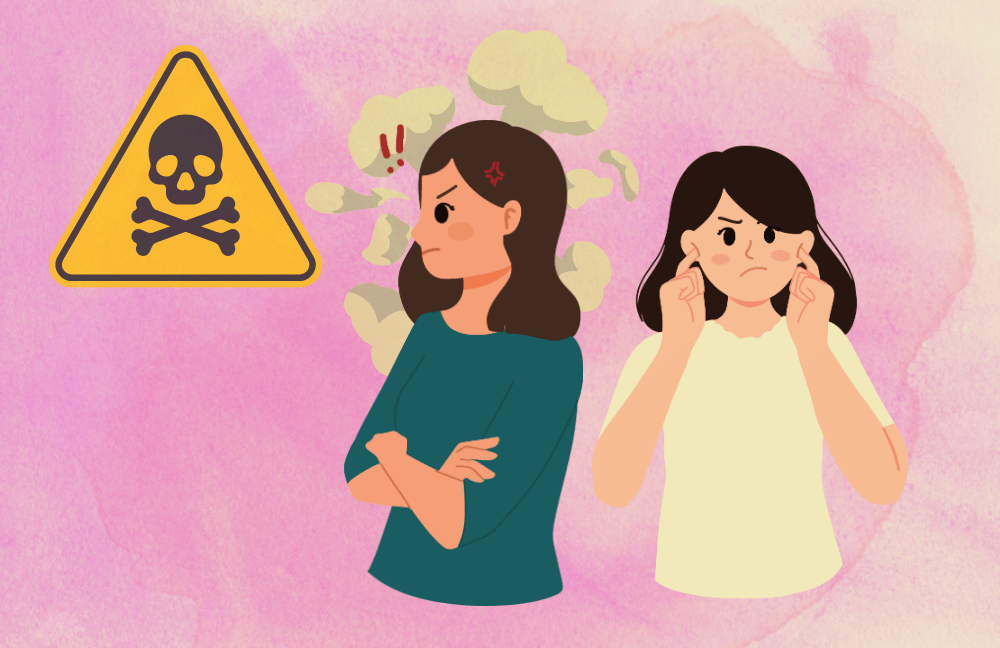
5 Ways To Deal With A Toxic Coworker
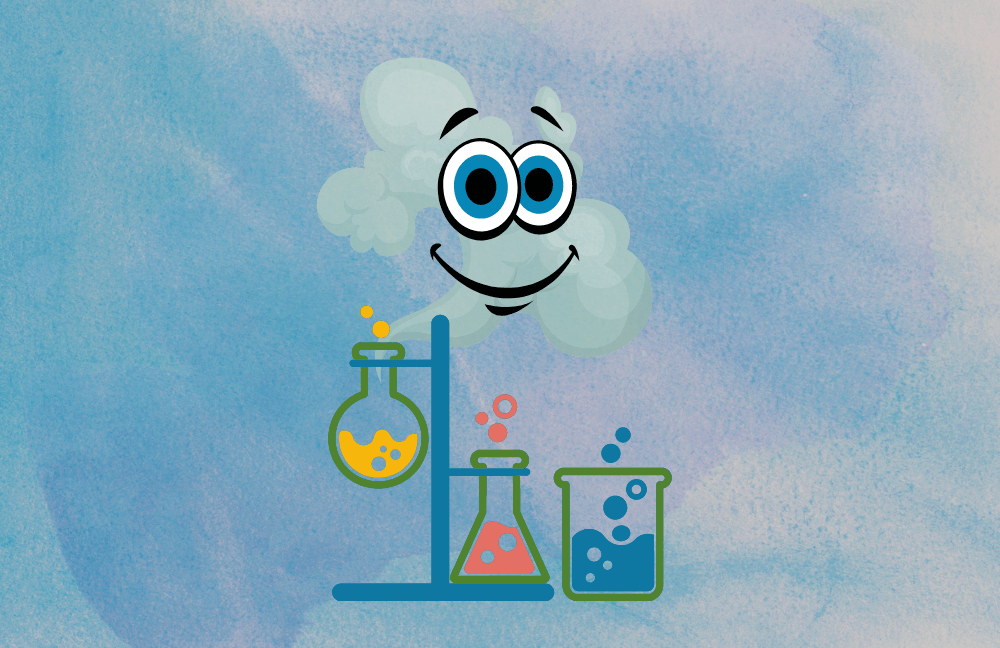
Science of Happiness: 1000s Of Years Of Research
